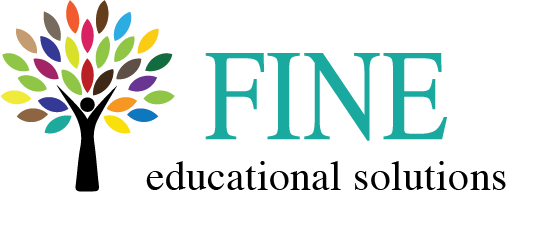Building a Balanced College List: Unlikely, Reach, Target, and Safety Defined
Apr 30, 2025 | By: Kathy Griswold Fine, Ph.D., CEP
Building a Balanced College List: Unlikely, Reach, Target, and Safety Defined
As explored in my recent article, 'The Obsession with College Selectivity is Hurting Our Kids: Fostering Healthy College Admissions,' a strategic college application process should be grounded in data, not emotion—facts, not fiction.
In today’s complex college admissions landscape—where influencers, marketing professionals, and rankings services compete for clicks—students and families must work hard to scrutinize the constant stream of information. Having a thoughtfully developed, balanced college list provides a layer of protection from self-doubt and empowers students and families to navigate the college application process with confidence.
Strategy Starts with Balance and Intention
A balanced college list isn’t just about data—it’s grounded in purpose and intent. Strategic college list building involves understanding why a college is a good fit and deciding which colleges to apply to and which ones not to apply to—that is the essence of strategy.
It is critical to understand that a college list that is not balanced and intentional, i.e., strategic, will almost certainly result in adverse outcomes. Inevitably, students who apply to too many reach and unlikely institutions end up disappointed. Conversely, students who apply to a balanced selection of good-fit institutions end up happy and fulfilled.
#FitOverRankings
What Is “Good Fit”?
The cornerstone of a strategic college list is identifying good-fit schools—but what does “fit” actually mean? While individual preferences play a role, the concept of fit can be broken down into four measurable categories:
- Academic Fit: Are the programs, majors, and faculty teaching styles aligned with your preferences and post-graduation goals?
- Social Fit: Will you find your people and feel a sense of belonging on campus?
- Emotional Fit: Does the environment support your overall well-being and growth?
- Financial Fit: Can you and your family afford the school without jeopardizing anyone’s future?
#GoodFit = #AcademicFit + #SocialFit + #EmotionalFit + #FinancialFit
Unlikely, Reach, Target, and Safety: How to Categorize Colleges
Every college list may include good-fit institutions across three categories: reach, target, and safety. Some students also choose to include unlikely institutions, i.e., those that reject more than 90% of applicants, making the odds of admission slim for even qualified applicants.
ONE: Unlikely Schools
These are the most rejective institutions with acceptance rates below 10%, i.e., admission is improbable for everyone, no matter the applicant's strength. Unlikely schools include Brown, Harvard, MIT, New York University, Stanford, Vanderbilt, and Yale —all of the Ivy League institutions, the “New Ivies,” and others. For more information on the New Ivies, click HERE.
Before adding highly rejective schools to a college list, it is essential to understand that even students with perfect GPAs, test scores, and significant accomplishments are more likely to be denied than admitted, due to sheer volume and institutional priorities. If you apply to one of these schools and get in, you should be surprised, not devastated, if you don’t.
TWO: Reach Schools
You have a chance, but the math suggests it's improbable. Reaches include those where:
- An applicant’s GPA and/or test scores fall in or below the bottom 25% of previously admitted students
- Less than 30% of applicants are admitted
THREE: Target Schools
You have a decent chance of acceptance (i.e., you're competitive), but it's not a done deal. Targets include:
Schools where an applicant’s academic profile falls within the middle 50% of previously admitted students
Schools that admit 50% or more of applicants
FOUR: Safety Schools
You are reasonably sure you will be admitted. Safety schools include those where:
- An applicant’s stats place them in the top 25% of admitted students
- The school has an acceptance rate of 70% or more
Note: “Safety” does NOT imply “second-rate.” These should be schools you’d be excited to attend, not backups you wouldn’t seriously consider.
Final Thought: Mindset Matters
When building your college list, stay curious, be open-minded, and resist the temptation to hyperfocus on a single school or a specific type of school (e.g., only the most selective or the most rejective). If you have a top choice, that's great. Just don’t let that prevent you from learning about new possibilities and creating a list that reflects your passions, aspirations, and interests. Ultimately, the goal of a balanced college is to create opportunities and empower you to choose from multiple offers, rather than being cornered into limited choices.
#BeOpenMinded #BeStrategic
For more information on what good fit means for YOU, making a balanced college list, and how to minimize the stress of the college application process, please reach out at kathy@fineeducationalsolutions.com.
#SayNoToStress


Leave a comment
0 Comments